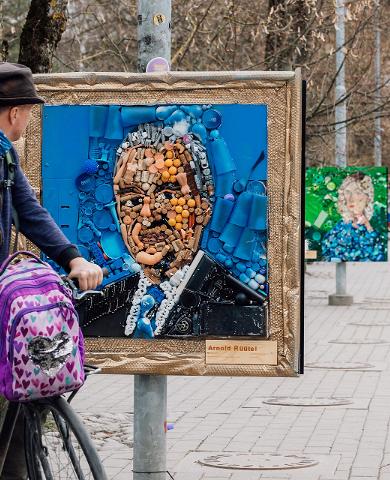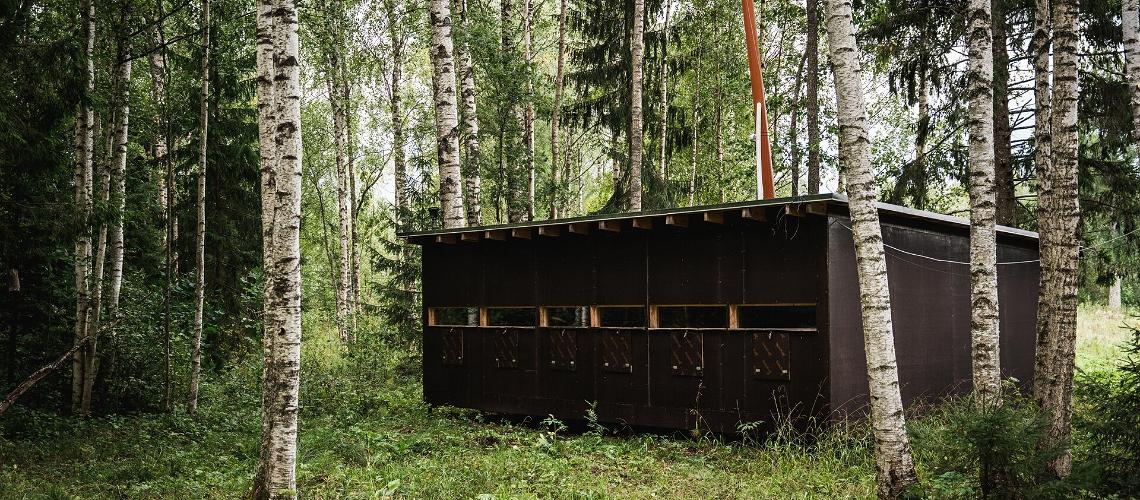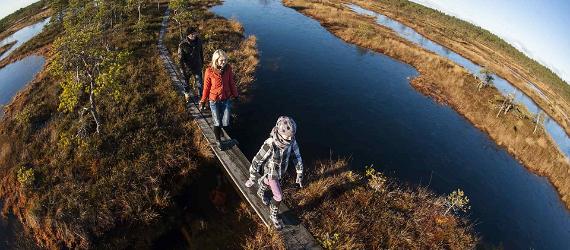Estonia is home to a population of approximately 1100-1150 brown bears, which makes Estonia the country with the highest brown bear population density in Europe. Learn when, where, and how to spot these majestic mammals.
More than half of these majestic and shy creatures live in the taiga forests of Alutaguse National Park in Ida-Viru County. Tourists have the unique opportunity to spot them on bear-watching tours.
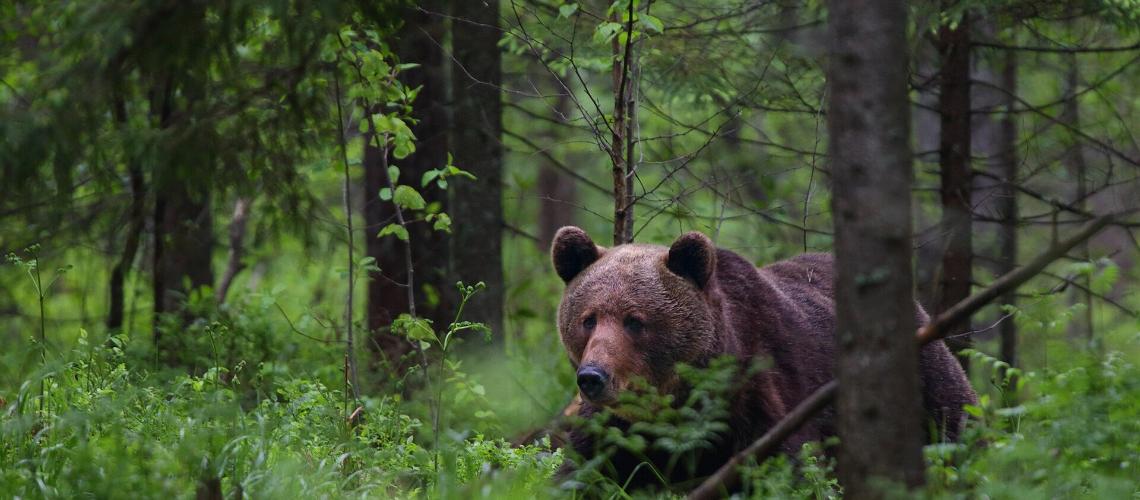
There are over a thousand of these majestic mammals roaming Estonia's forests.
Photo by: Remo SavisaarImagine a bear only meters in front of you...a bear appears in the clearing, sniffing around the forest's edge and working his way closer to the hut. As if taking center stage, the bear is relaxed and unhurried. He wanders around, wades in the stream, scratches his back against the tree trunks, then disappears into the woods and returns to the clearing on the other side of the hut. He doesn't seem aware of his human observers.
Sound fascinating? This could be you on a bear-watching tour in Estonia.
Do you hear the call of the wild?
The best times of year to spot the Estonian brown bear in the wild are from the end of April to mid-July and mid-August to the end of October. In spring and early summer, bears awake from winter hibernation and are on the move searching for food. Visitors can spot sows with up to four newborn cubs, something very rare for any other type of bear. During Estonia's famous white nights, it's easier to spot these mammals in the wild even at night, thanks to long daylight hours.
Autumn in Estonia is an abundant season when wild berries ripen and bears have plenty to feed upon in preparation for winter hibernation. They wander less and become more sedentary, making spotting them in the wild easier.
Five tips for spotting a bear in Estonia
- Be quiet — Bears are very shy animals and are afraid of human encounters. The louder the group, the less likely a bear is to approach.
- Look for tracks — A bear usually walks with narrow steps on hard terrain. On soft and sinking terrain—such as deep snow—the bear walks with its legs clearly spread and places its front and hind legs in the same tracks.
- Be patient — Being shy animals, the best way to spot a bear is by waiting patiently from a purposely built watching hide. They won't see you, but you will see them.
- Look for signs — Bears often rub, bite or scrape trees to mark their territory and leave carcasses after feeding on them. If you see any of these signs, a bear must be not too far away.
- Be prepared at all times — Have your camera turned on, with the correct settings and your lens cap off at all times. You never know when a bear will show up.
Go bear watching with the pros
The company Natourest has been offering adventure and nature holidays in Estonia since 2008 and the company now owns 85 ha of wilderness about 150 km east of Tallinn. It's at the western end of Alutaguse National Park where about half of Estonia's brown bears live. There is a bear nature trail to get to know the habits of brown bears and recognize the signs they leave in the forest. After a talk about bear-watching basics, a guide leads guests on a hike through the woods to the hut where they'll stay put until the next morning.
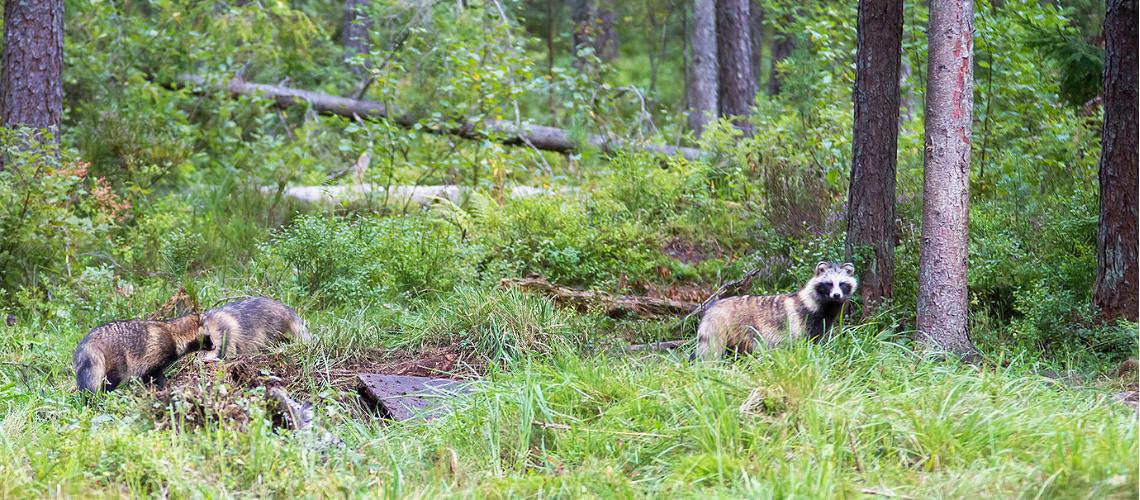
You might spot one of these masked forest critters while waiting for bears.
Photo by: Jürgen VoolaidThe bear-watching hides have windows, chairs, bunk beds, and a toilet. There's no plumbing or electricity but there is WiFi! The hide offers basic comfort but avoids disturbing the animals with light, noise, or human smells. Some huts also have a sound system that brings outdoor sounds into the hut, so the guests feel truly immersed in the wilderness, yet completely safe. Binoculars and sleeping bags can be rented if needed. Birds and other mammals such as raccoon dogs, elk, otters, roe deer and red foxes have also been seen from the huts.






